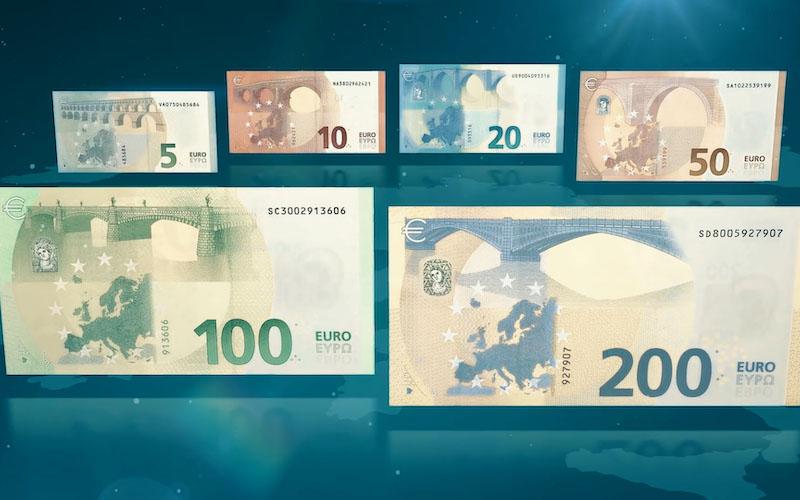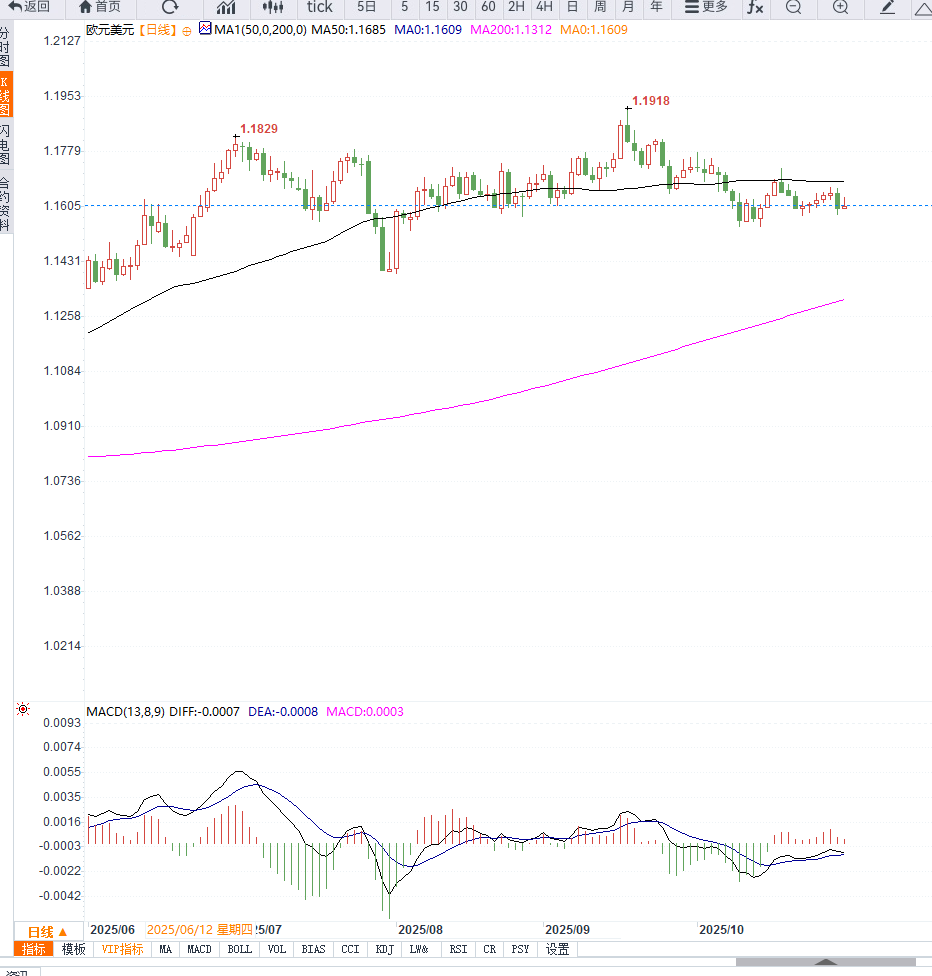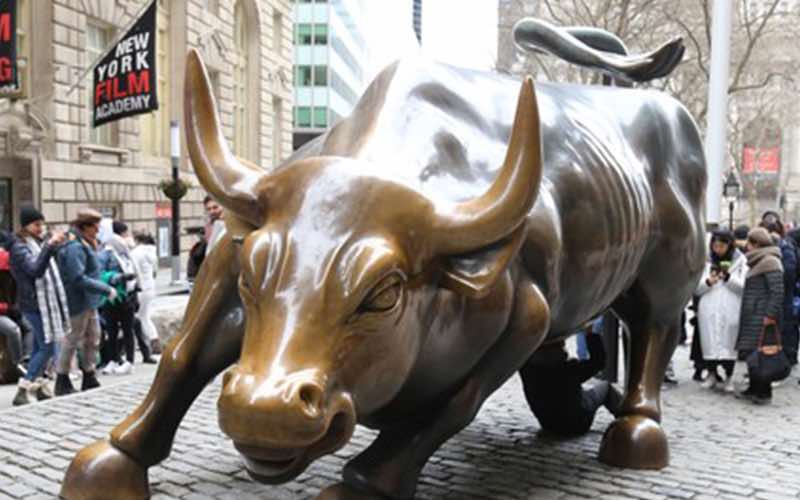Markets are cautious ahead of the ECB interest rate decision; the euro/dollar exchange rate may remain range-bound below 1.1650.
2025-10-30 16:22:19
No new economic forecasts will be released at this meeting, but President Lagarde will hold a press conference afterward, where investors will look for signals regarding the pace of future interest rate cuts. Lagarde previously stated, "The European economy has shown some resilience, and inflation is approaching the central bank's target."

The latest data shows that the Eurozone's core HICP annual rate rose to 2.4% in September, indicating that price pressures have remained largely stable; meanwhile, the composite PMI rose to 52.2 in October, the highest level since May this year, reflecting improvements in both the manufacturing and service sectors.
Analysts generally believe that the European Central Bank is likely to remain on the sidelines for the next few months. BBH analysts noted, "The swap market is currently pricing in only about a 50% probability of another rate cut within the next 12 months, with the policy rate expected to bottom out at 1.75%."
TD Securities also believes that "despite the slowdown in growth at the end of the year, the ECB is still inclined to maintain its current stance and will only consider taking action if external risks escalate." This means that the central bank may keep its policy unchanged until March 2025.
The EUR/USD exchange rate remained range-bound below 1.1650 ahead of the ECB decision, constrained by a strong US dollar and political uncertainty in France. The deadlock in French parliamentary budget negotiations increased instability within the Eurozone and also exerted a slight downward pressure on the euro.
If Lagarde reiterates that "the inflation target has been achieved and policy is in an ideal state," the market may interpret this as a pause in the rate-cutting cycle, thereby boosting a short-term rebound in the euro.
Conversely, if it suggests concerns about weak economic growth or rising external risks, it could trigger a new round of selling pressure.
From a technical perspective, EUR/USD is trading under pressure below 1.1638 (21-day moving average), and the 14-day RSI indicator remains below 50, indicating that the short-term bearish trend remains unchanged. If it breaks below the 1.1575 support zone, it may further decline to the October low of 1.1542, or even test the key psychological level of 1.1500.
Resistance is located around 1.1670 (the overlap area of the 100-day and 50-day moving averages). A break above this level would provide room for the exchange rate to return to 1.1728 and 1.1800. Overall, the short-term risk is skewed to the downside, but strong support below may limit the decline.

Editor's Note:
Market sentiment is currently cautious, with investors largely awaiting the ECB meeting results and Lagarde's remarks. In the short term, EUR/USD may continue to fluctuate within the 1.1500–1.1650 range. If the ECB signals a commitment to maintaining current interest rates for an extended period, the euro could gain upward momentum.
However, given the Federal Reserve's hawkish stance and the relatively resilient US economy, the strength of the US dollar may limit the euro's gains. Attention should be paid to European Q3 GDP and subsequent inflation data, as these will determine the timing of a policy shift in the Eurozone.
- Risk Warning and Disclaimer
- The market involves risk, and trading may not be suitable for all investors. This article is for reference only and does not constitute personal investment advice, nor does it take into account certain users’ specific investment objectives, financial situation, or other needs. Any investment decisions made based on this information are at your own risk.





















